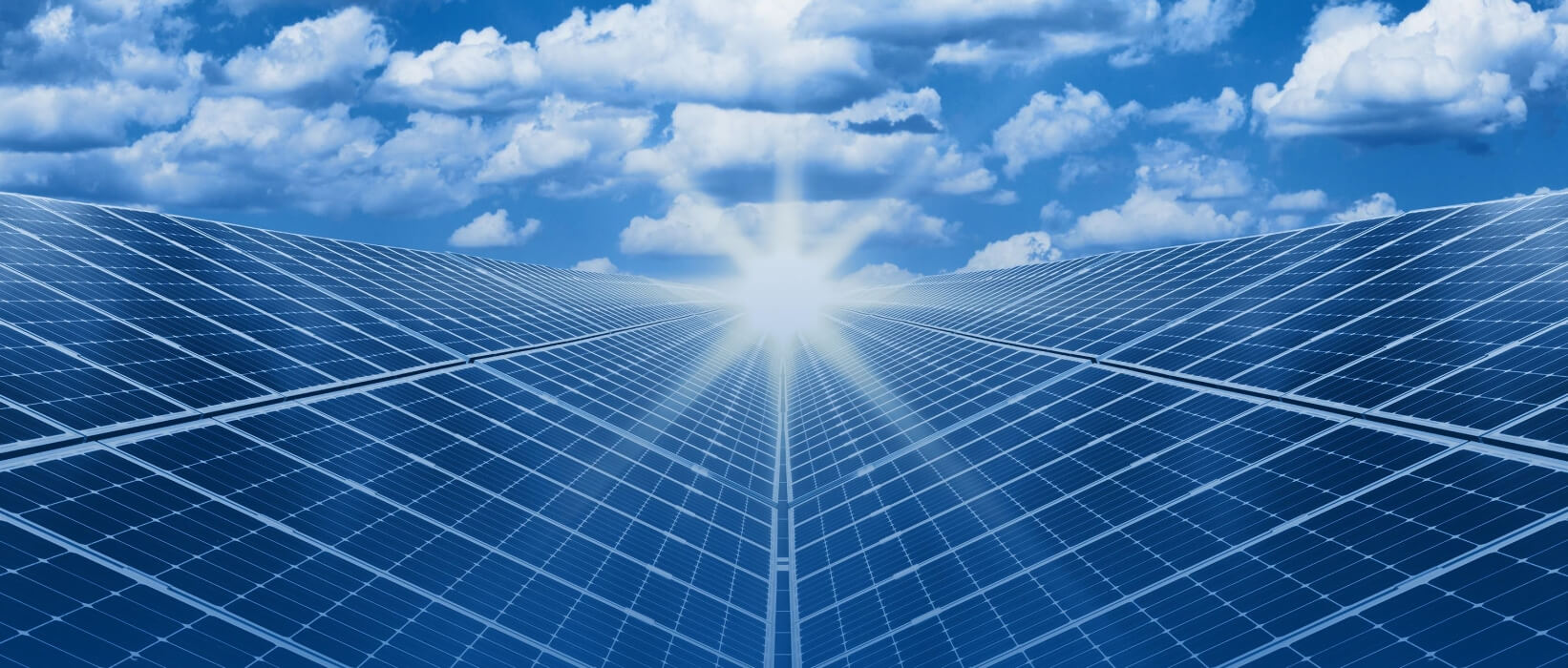Regulatory environment
The activities of ENEA S.A. and its subsidiaries are conducted in an environment subject to special legal regulations, both at the domestic and at the European Union level (regulated business activity). A number of legal regulations concerning energy companies are derived from political decisions. For this reason, these regulations are subject to frequent changes, which the Company is not able to predict, and thus determine their consequences for its business operations. Notwithstanding the foregoing, ENEA S.A. and its subsidiaries ("ENEA Group") are subject to the legal regulations in the scope of the tax system, protection of competition and consumers, employee rights, or environment protection. It cannot be excluded that changes in these areas, both in specific legal acts as well as individual interpretations relating to significant areas of ENEA Group’s activities, can lead to possible risks for the Group’s activities.
Internal energy market
On 14 June 2019, Regulation (EU) 2019/943 of the European Parliament and of the Council of 5 June 2019 on the internal electricity market entered into force. The Regulation is part of the regulations of the so-called "Winter Package" and constitutes a fundamental legal act forcing the introduction of new solutions in the area of operation of electricity markets and system services, both in Poland and in other European Union Member States. The main changes in national regulations include the need to adjust the rules of functioning of the national Balancing Market. In the last quarter of 2019, the concept of changes to the Balancing Market was presented by Polskie Sieci Elektroenergetyczne S.A., as the Transmission System Operator responsible for the operation of the Balancing Market. A detailed description of the proposed changes to the functioning of the Balancing Market was presented by the Transmission System Operator in the document "Concept of Changes to the Rules of Functioning of the Balancing Market in Poland" published on the Operator's website at the address: https://www.pse.pl/konsultacje-aktywne/konsultacje-dotyczace-koncepcji-zmian-zasad-funkcjonowania-rynku-bilansujacego. At the same time, work has also been initiated on amendments to the Power Market Act of December 8, 2017, adjusting the capacity market in Poland mainly to Article 22 Section 4 and Section 5 of Regulation (EU) 2019/943 of the European Parliament and of the Council of June 5, 2019. on the internal electricity market, which regulates the lack of possibility of support from the capacity market for generating units not meeting the 550 g CO2/kWh emission standard, however, with the preservation of support from the capacity market for units not meeting the emission standard, if such support results from power agreements concluded before 31 December 2019.
At the end of 2018 (21 December 2018), Regulation (EU) 2018/1999 of the European Parliament and of the Council of 11 December 2018 entered into force. on the management of the Energy Union and climate action, amending Regulations (EC) No 663/2009 and (EC) No 715/2009 of the European Parliament and of the Council, Directives 94/22/EC, 98/70/EC, 2009/31/EC, 2009/73/EC, 2010/31/EU, 2012/27/EU and 2013/30/EU, Council Directives 2009/119/EC and (EU) 2015/652 and repealing Regulation (EU) No 525/2013 of the European Parliament and of the Council) entered into force at the end of 2018 (21 December 2018). This Regulation introduced the obligation to draw up the National Energy and Climate Plan as part of the implementation of the energy union covering 5 dimensions: energy security, internal energy market, energy efficiency, decarbonisation as well as research, innovation and competitiveness. The main objective of the management mechanism of the energy union is to enable the achievement of the objectives of the energy union, and in particular the objectives of the climate and energy policy until 2030 in terms of the reduction of greenhouse gas emissions, energy from renewable sources and energy efficiency. The National Energy and Climate Plan was submitted to the European Commission at the end of 2019, which was the fulfilment of the obligation imposed on Poland in this respect. The document was drawn up on the basis of national development strategies, taking into account the draft Polish Energy Policy until 2040. It sets the following climate and energy targets for 2030: 7% reduction of greenhouse gas emissions in sectors not covered by the ETS system as compared to the level in 2005, 21-23% share of RES in gross final energy consumption (with the reservation that the 23% target will be achievable in the situation of granting Poland additional EU funds, including those allocated for a fair transformation), increase in energy efficiency by 23% as compared to PRIMES2007 forecasts, reduction to 56-60% of the share of coal in electricity generation.




